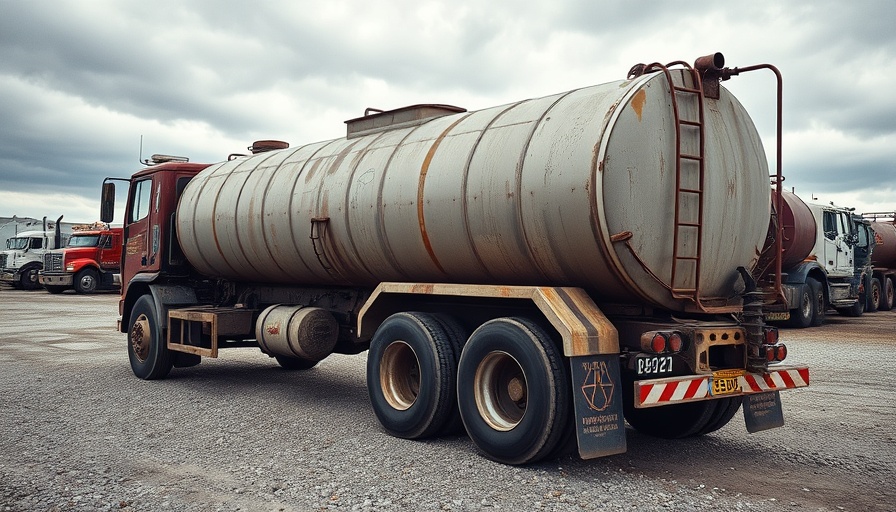
Prizm's Sēnik Rio Fixture: A Game Changer in LED Lighting
As businesses evolve, so do their lighting needs. Enter the Sēnik Rio fixture launched by Prizm Lighting, an innovator in the LED lighting sector. Designed with small spaces and adaptable installations in mind, the Sēnik Rio is engineered to deliver functional and aesthetic versatility for the modern commercial environment.
Customizable Features for Diverse Applications
The Sēnik Rio stands out with its RGB+3000K color capability and an impressive 90+ Color Rendering Index (CRI). These features enhance the visual appeal of any space, making it suitable for a variety of applications—from residential setups to commercial projects. Whether used for wall grazing, washing, or as a direct view fixture, its linkability allows for unique design configurations across installations.
Efficiency Meets Performance
What sets this range apart is its remarkable lumen output. With performance ranging from 152-942 lumens while consuming only 7 watts per foot, it's an energy-efficient option that does not skimp on brightness. This can significantly lower energy costs for business owners, appealing to those who are cost-conscious yet seeking quality.
Built for Every Environment
Offering robustness while maintaining aesthetic elegance, the Sēnik Rio is rated IP66 for wet locations and performs across a temperature span from -20°C to 55°C. This means it is well-suited for outdoor applications as well, tackling the challenges posed by extreme weather while boasting a lifespan of up to 50,000 hours. A five-year warranty further underscores its reliability, offering peace of mind to businesses making significant investments in lighting solutions.
The Future of Lighting is Here
With DMX capabilities and the potential to connect with up to 197 DMX-enabled fixtures at 277V, Prizm Lighting's Sēnik Rio is not just sophisticated but also future-proof. The world of lighting continues to shift towards more integrative, intelligent solutions, making this tool perfect for property developers eager to lead in innovation.
Conclusion: Shaping Tomorrow's Spaces
As workplace safety and wellness become more paramount, the lighting choices businesses make also play a role in productivity and health outcomes. By incorporating fixtures like the Sēnik Rio, facilities can not only enhance aesthetic appeal but also contribute to the overall well-being and efficiency of their spaces. To learn more about how Prizm Lighting can illuminate your next project, visit their website or connect on social media.
 Add Row
Add Row  Add
Add 




Write A Comment